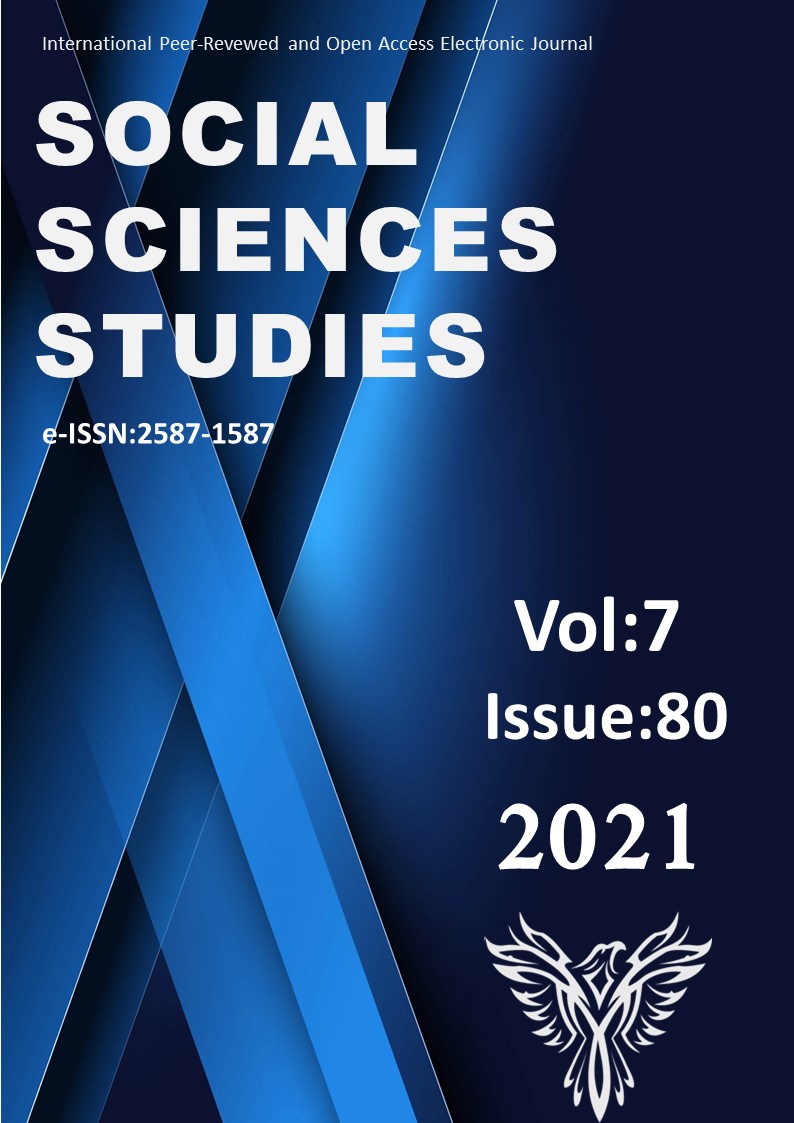USER PREFERENCES IN THE PROCESS OF TRANSITION TO CONTEMPORARY HOUSING FROM TRADITIONAL HOUSING: THE SOMALIA CASE
Author :
Abstract
Çağdaş yaşamın gereksinimlerine göre standartlaştırılan ve şekillenen günümüz konutlarında kullanıma ve kullanıcıya yönelik temel unsurların dikkate alınmaması nedeniyle bazı sorunlar ortaya çıkmaktadır. Gelenekselden çağdaşa geçiş sürecinde, yeni yerleşim ve yaşam alanlarının geliştirilmesinde teknoloji ve şehirleşme baskıları ön plana çıkarak insan faktörü unutulmaktadır. Yeni konut uygulamalarındaki bu problemden hareketle çalışmada; ‘geleneksel konut kültürü ile yeni konut tasarımları arasındaki geçiş sürecinin kullanıcı tercihleri doğrultusunda ele alınmasının önemi’ ne dikkat çekmek istenmiştir. Bu süreç araştırmanın kapsamı gereği Somali özelinde ele alınmıştır. Konunun gelişmekte olan tüm diğer ülkeler için de önem arz ettiği düşünülmektedir. Makalede ilk olarak, Somali ve yerel halkın günlük yaşam alışkanlıkları, kültürel özellikleri ve geleneksel konut mimarisi hakkında bilgi aktarımı yapılmıştır. Geleneksel ve yeni konutlara ait plan ve fonksiyon şemaları görsel verilerle açıklanarak yorumlanmıştır. Çalışmanın ana kurgusunu oluşturan bölümde ise, Somalili kullanıcılarının geleneksel konutlardan yeni konutlara geçiş sürecine yönelik tercihleri anket çalışmaları ile değerlendirilmiştir. Sonuçta, gelecekteki Somali konutlarının planlama sürecine yönelik öneriler getirilmiştir. Çağdaş mekân tasarımcılarının farklı toplumlara göre değişkenlik gösteren kültürel katmanları okuyabilmesinin önemi; ekolojik, ekonomik, sosyal ve kültürel sürdürülebilirlik bağlamında vurgulanmıştır.
Keywords
Abstract
In today’s housing, that is being standardized and shaped according to the requirements of contemporary life, some problems are arising due to lack of consideration of basic factors regarding the use and residents. In the process of transition to contemporary from traditional, the pressures of technology and urbanization are coming to the fore, and human factor is being left behind in the development of new settlements and living spaces. Based on this problem in new housing practices, in the study, it was intended to draw attention to “the importance of addressing the process of transition from traditional housing culture to new housing designs in the direction of the preferences of residents”. This process was addressed in terms of Somalia pursuant to the scope of the research. It is being thought that this subject is also important for all other developing countries. In the article, initially information was provided regarding Somalia, and the daily habits and cultural characteristics of local community, and traditional housing architecture. Plan and function schemes of traditional and new houses were explained and interpreted by visual data. And in the section forming the main construct of the study, the preferences of Somali residents in the process of transition from traditional housing to new housing were evaluated by survey studies. In conclusion, suggestions were made regarding the planning process of future housing in Somalia. The importance of contemporary space designer’s ability to read culture layers that vary among different societies was emphasized in the context of ecological, economic, social and cultural sustainability.





